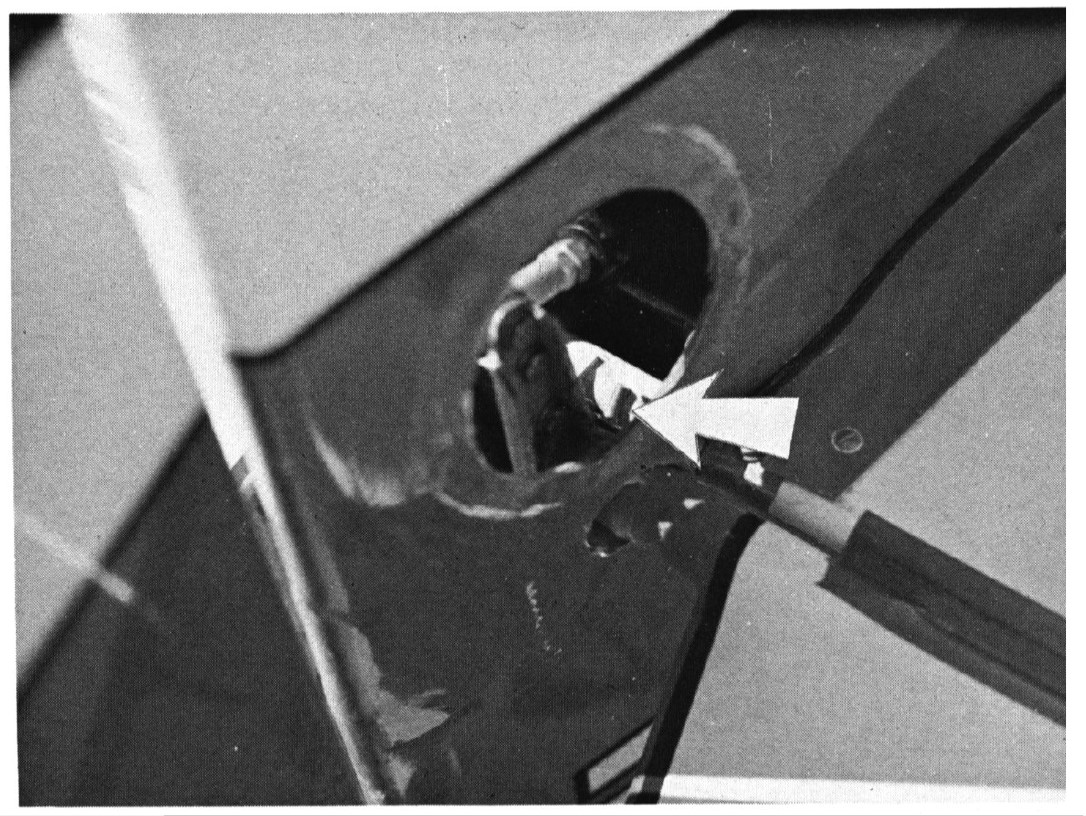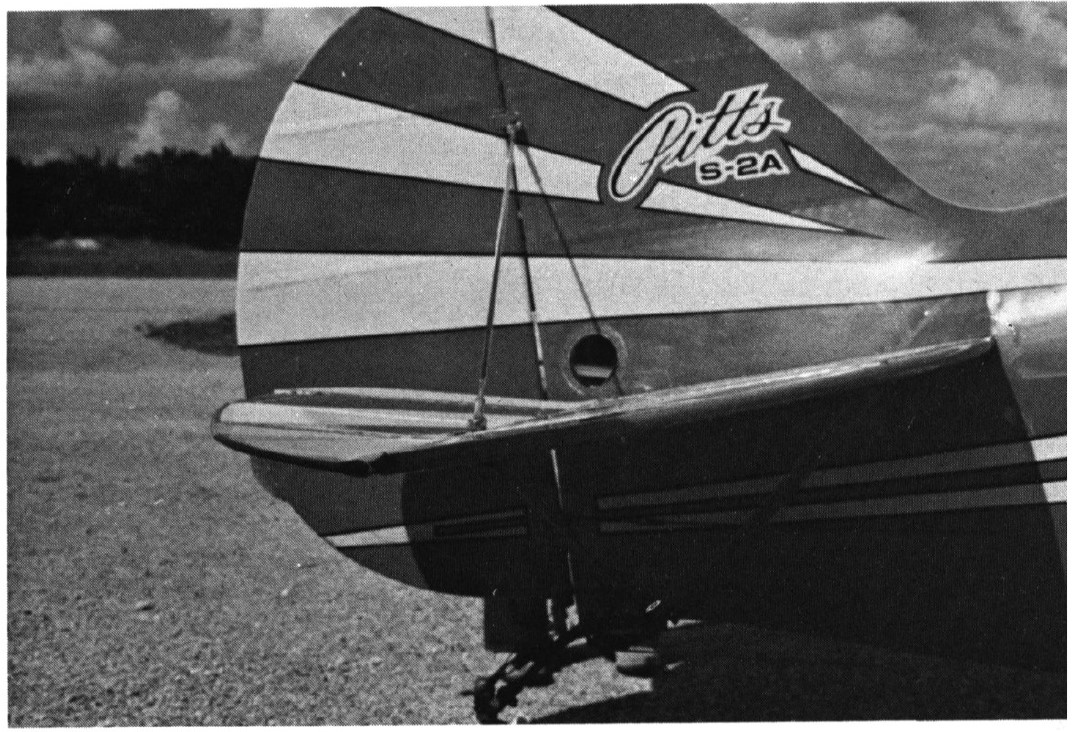Article by Dave Hilyard, IAC 2931
WHEN WAS THE LAST TIME YOU HAVE HAD YOUR INSPECTION PLATES OFF?
Fellow "stunt" pilots consider the following: Let me set the scene for you. It's Halloween, October 31, 1974, the day before the Remuda contest in sunny Florida. The box has been marked and a few of us are trying a sequence or two. Bill Thomas and Alan Bush have flown and now I go; strap it on; start it up and climb for the first sequence. The Known goes pretty well, so back up for the free style.
Wow!! A beautiful day! About 4:00p.m.; the air cool with plenty of lift.
A wing wag and here we go again into the box. The first five maneuvers feel good, now up for the wind correcter...a vertical quarter roll...now lay out across the box. Now down...another quarter roll...Great...now the slow roll and pull for the Family Nine. The stick moves back a small amount and...stops as if against a control lock. It's jammed!! Pull again! Still nothing...
What do you do? You start testing. A little forward...yes...we have down elevator. Now back again...it jammed again! No up elevator. Rock the wings. The ailerons are OK. Now the rudders...good, they're still attached. Now back stick...harder this time. No luck...still the same. Trying popping the stick forward a few times. Push to negative g's. Back...still the same. Once more a sharp forward push...wait...hold it. If it jams more forward than it is I'll be in real trouble. Have to roll it over and climb inverted to get enough altitude to get out of it. Altitude is now 900 feet.
By this time I'm well out of the box and heading north across Alligator Alley and, if I remember correctly, Sebring is the next airport a few hundred miles up the road. A slow turn puts me on a long, loose downwind for a north landing.
By experimenting I find that 2600 RPM and 105-110 mph seems like a good attitude to try a wheel landing. I can remember an insidious voice inside repeating, "Please don't bound...please don't bounce."
To make a long story short...a long final...coax it down with power...a wheelie...no bounce...ease the power off...tail finally down...roll out and we're home free.
Unaware that I had been in difficulties Bill Thomas is called over along with Buck Weaver and Alan Bush. Between long exhalations on my part we discussed the whole thing. Buck had a tool kit open and is removing inspection plates in the tail. Almost before I am unstrapped and out of the Pitts I hear Buck say, "Here's your trouble". Alan and I walk around the tail and Buck has the culprit between thumb and index.
A number 10 phillips head screw had been firmly wedged between the carry-through tube of the horizontal stabilizer and the leading edge tube of the elevator right at the control horn. The horn could not have moved further. I bent the number 10 screw!
MORAL. Did something just fall onto the cockpit flooring? Maybe...well, I guess not...don't see anything. A missing screw after minor work? Forget it...got another one here in the box. Where the hell is that little screwdriver? Probably left it over there on the tool bench.
DON'T GUESS! Find the missing screw. Find the screwdriver. Pull the inspection plates and drop a hand or strong magnet into those inaccessible spots that the eyeball cannot reach!! It sure saves wear and tear on the pucker factor.
Now let's see...if that last maneuver had been a low push up into a tail slide followed by a full vertical roll...
P.S.. I know where the number 10 came from and the mechanic and I have discussed the situation.

Note the No.10 screw jammed between the tubes.

This is all the up-elevator available with the control jammed in the S-2.
Photos by Buck Weaver
NOTICE
I. The comments and suggestions contained in this article are based on the general observations of the author. As such, no endorsement or guarantee of any product mentioned herein is intended. In all case of conflict between manufacturer's instructions and contents herein, the former should be adhered to and followed.
II. The author, IAC & EAA present this material for reference only, and expressly deny any and all liability, express or implied, which may result from the use of the suggestions or statements contained herein by any party. Any such party using the suggestions or statements herein, does so at his own risk and without recourse.
III. As a condition of use of the information contained herein, and in consideration of the furnishing thereof, the reader, for himself and his administrators, executors, heirs and assigns, agrees to forever hold harmless and defined the author, IAC and/or the EAA (including any members, officers, directors, agents or employees thereof) from any and all liability or damage fo any nature regardless of cause, to reader or any third person, which may result from the use of said materials.

